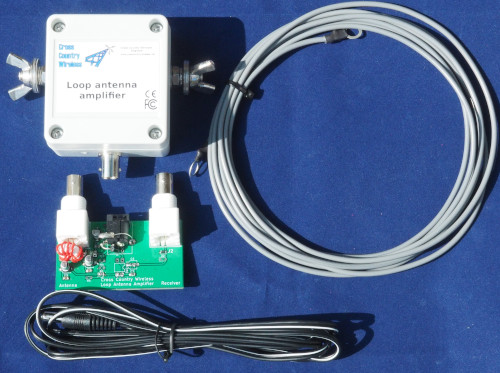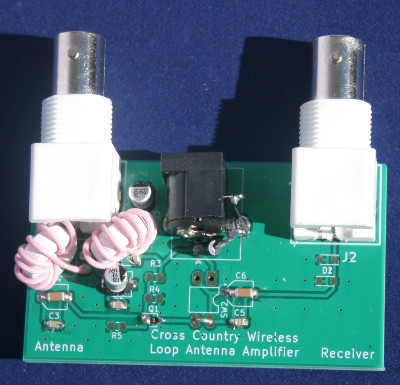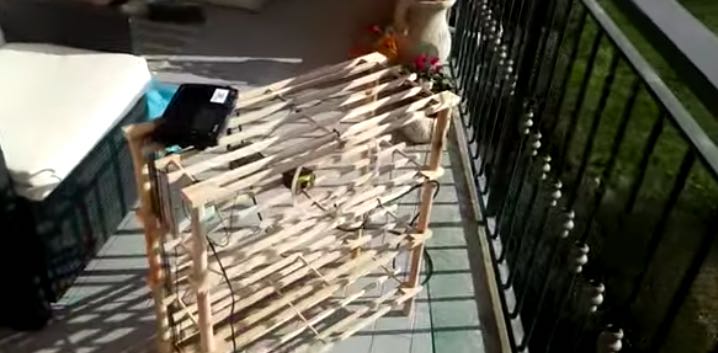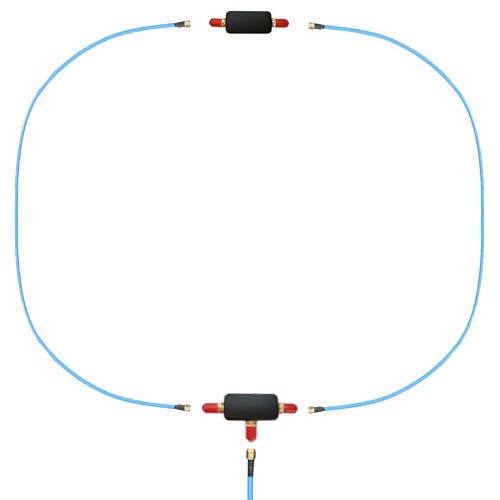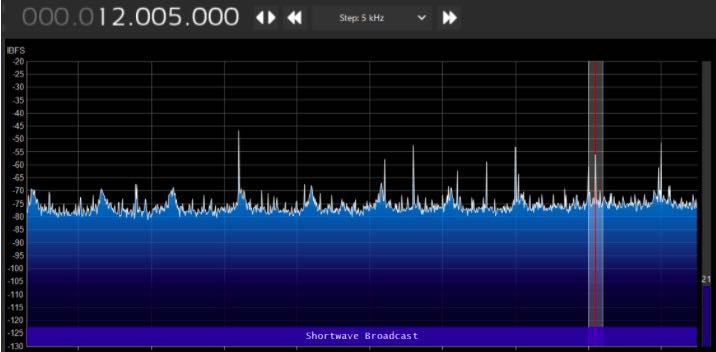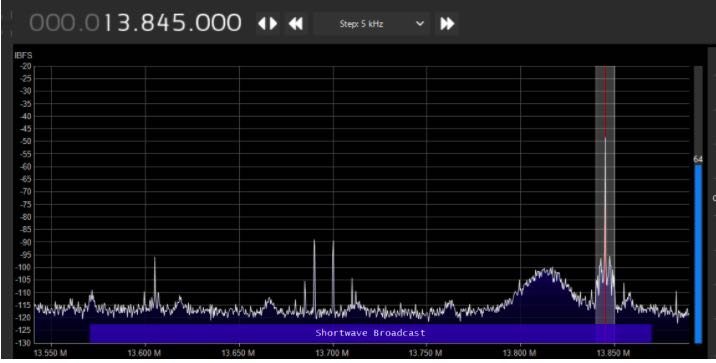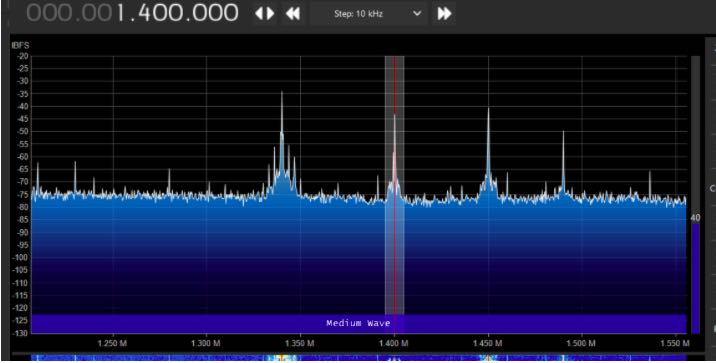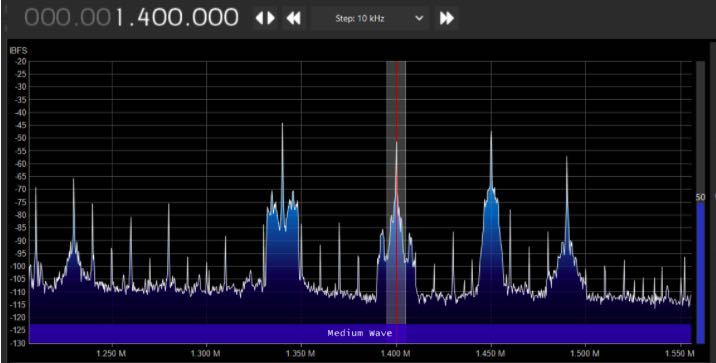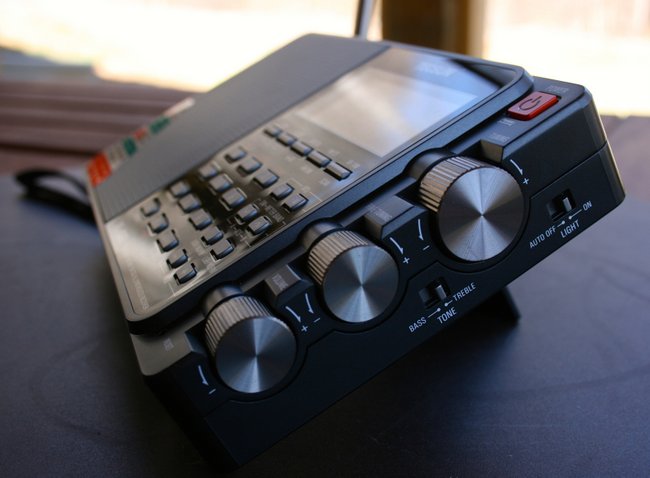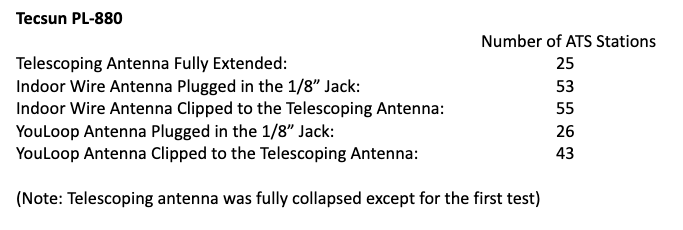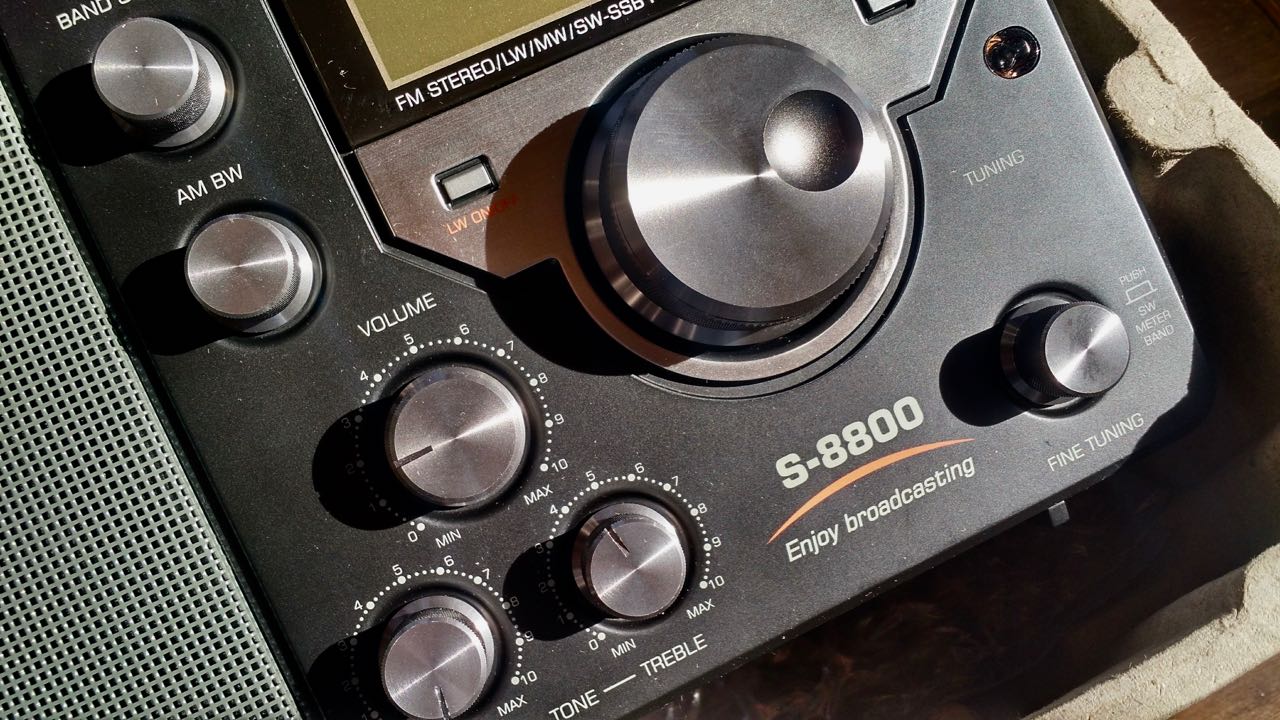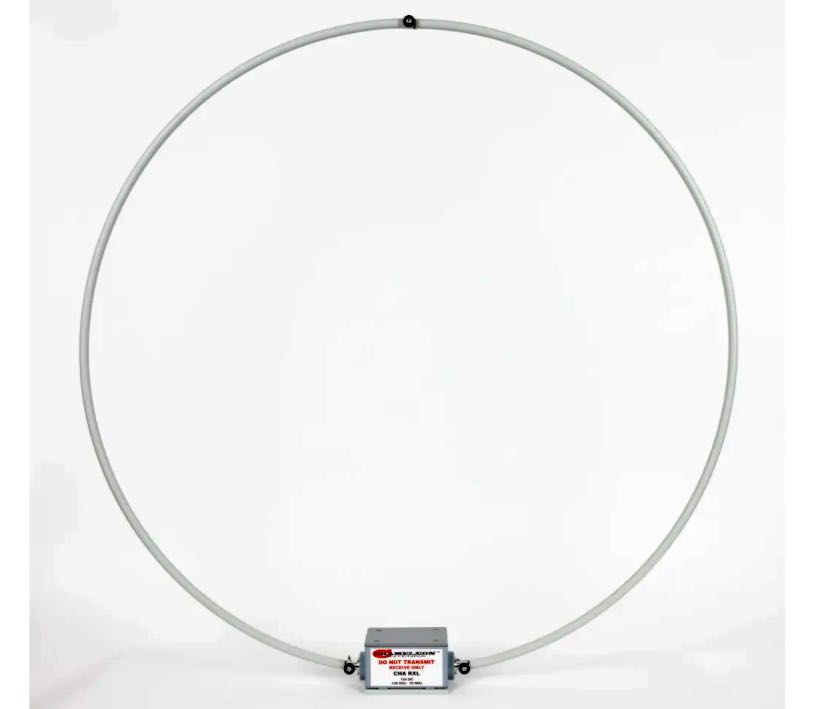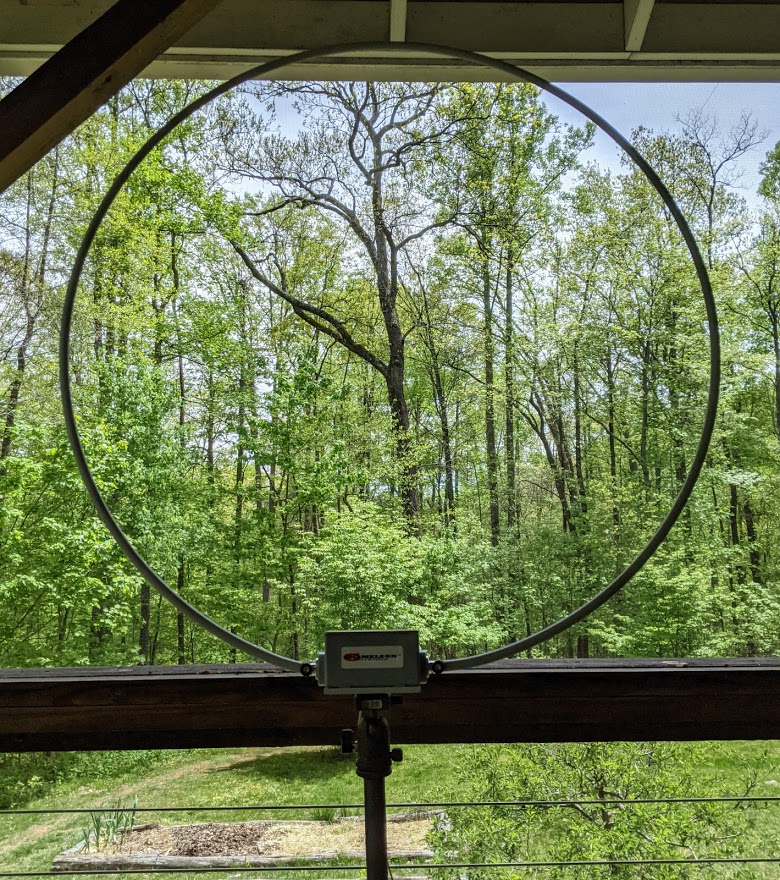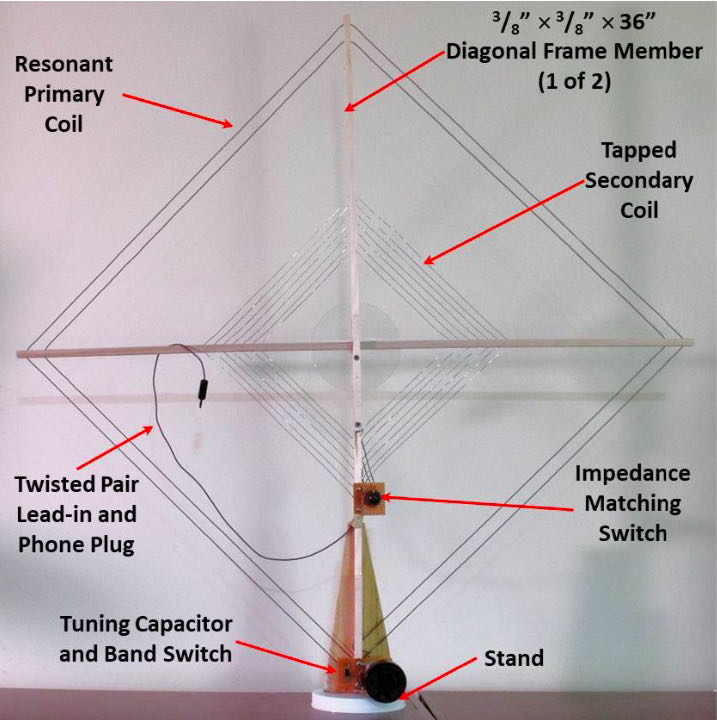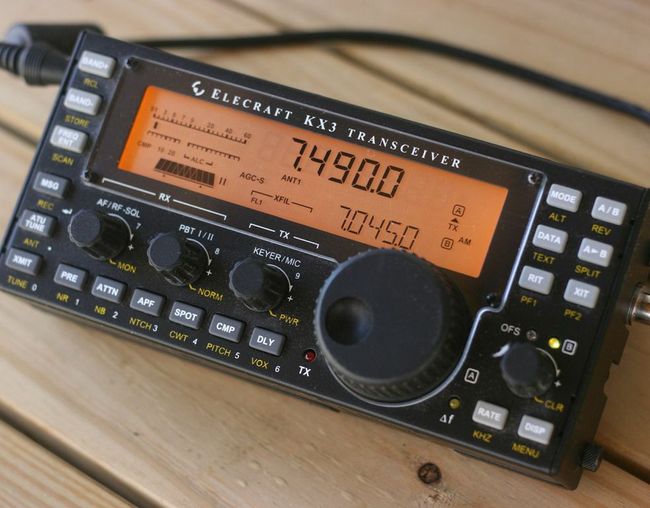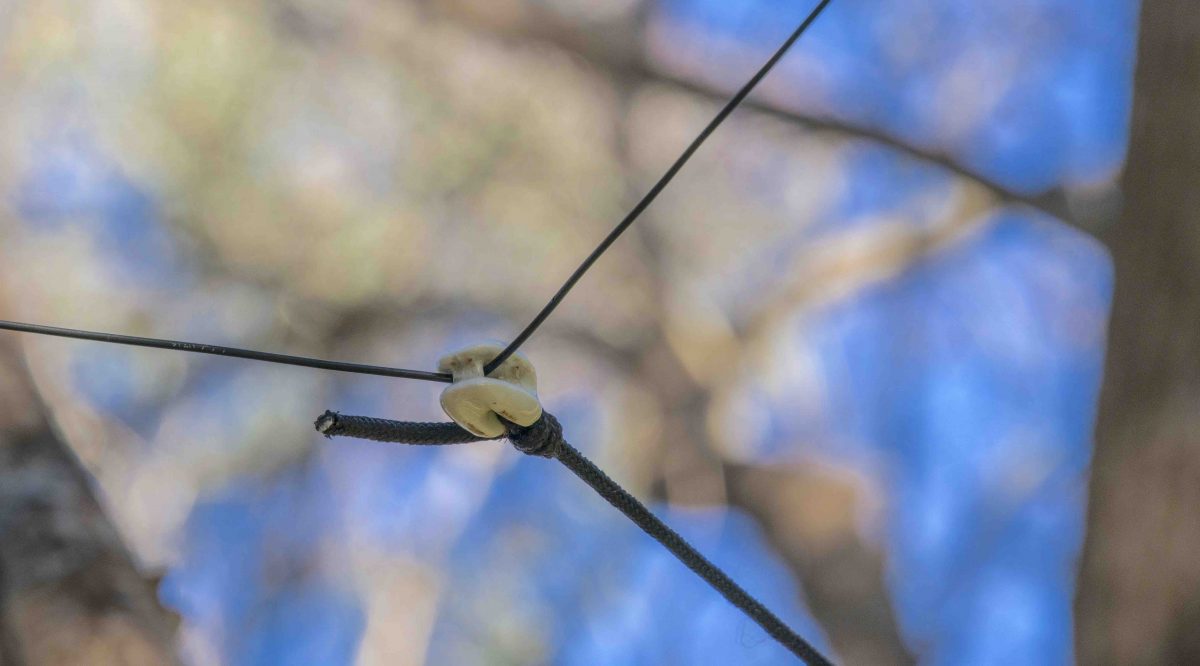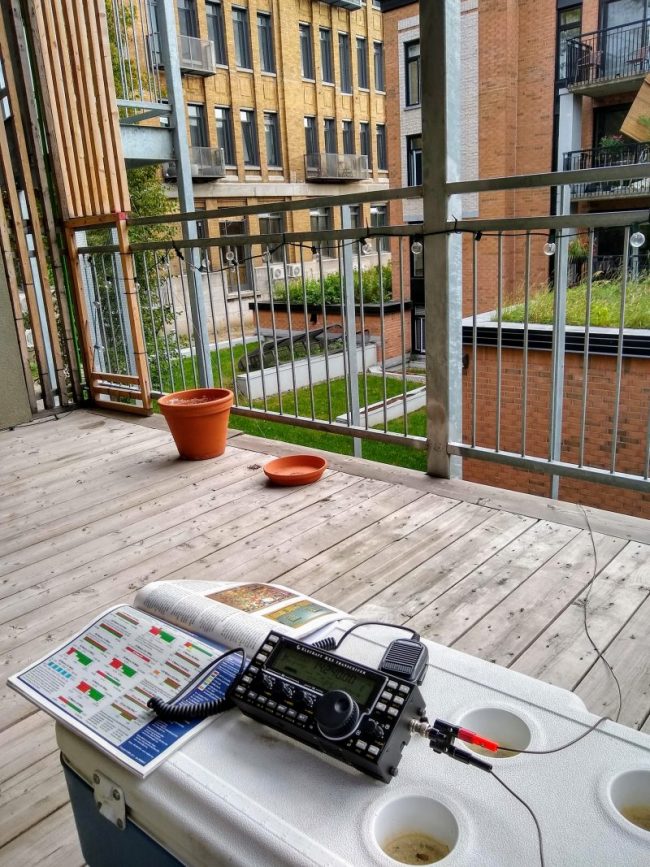Many thanks to SWLing Post contributor, Joshuah, who writes:
Dear Thomas,
I recently dedicated some funding to rebuilding my shortwave listening station.
I had paid attention to new amplifiers and became aware of some review data by an engineer at SDRPlay comparing amplifier performance that suggests the Cross Country Wireless amplifier, at a cost of only 80 dollars, had become a competitive design offering performance comparable to amplifiers costing 10 times that much.
I was hooked by the specific demonstrations showing that the LAA++ offered IMD characteristics more similar to a Wellbrook, with gain more similar to other high amplification designs. I had to have one.
I set up my station with the following components:
-
- A used Icron Ranger 2304 USB over ethernet extender off eBay
- A used Airspy Discovery off eBay
- A Cross Country Wireless receiver protector(or similar ferrite + gas discharge diode isolator)
- A custom ordered LAA++ amplifier from Cross Country Wireless built for 75 ohm with F connectors and a low pass filter at 14MHz
- A power inserter from an W6LVP that wasn’t cutting the mustard
- A pair of classic, solid transforming power adapter bricks
- An unshielded ethernet cable
- Some Fair-Rite ferrite snap ons with multiple turns
I obtained a weatherproof enclosure and some pex tubing and specialty cable glands and built an antenna housing. Inside the enclosure I mounted the amplifier, adding a large gauge copper wire for the antenna element, and used an affordable tri-shield RG11 with specialty connectors as the feedline for the antenna.
The antenna measures approximately a 2 meter diameter, and is mounted about 5 feet off the ground at the base of the antenna. It is located outside of a remote shed at the edge of my property, and the ethernet (alternatively, wireless repeating parabolic dish with router) mirrors the USB data back to the PC in my basement which serves as the shortwave receiving server host.
I have been overwhelmed both with the amount of new noise and new signal that this antenna picks up.
In shortwave, the other night, I was picking up stations around the world.
Tonight, I was able to very clearly make out CHLO. I am located in EM38, over 700 miles from the transmitter, which only operates at 250 watts during the night time.
I was also able to pick up some international NOAA NAVTEX alerts on 518kHz about a right whale slow zone in the Atlantic off the shore of New Jersey.
I would highly recommend this antenna amplifier.
Yours sincerely,
Joshuah
Thank you so much, Joshuah, for allowing me to post your note here in the SWLing Post. I’m so glad you found such an affordable way to cobble together an effective antenna system to not only mitigate interference, but also afford you DX-worthy reception.
I’ve only heard good comments about Cross Country Wireless as well.
Again, thank you for sharing your impressions and details about your setup!
Click here to check out the Cross Country Wireless amplifier.

